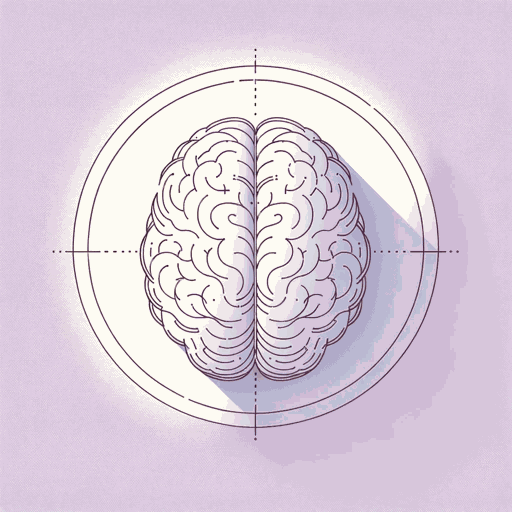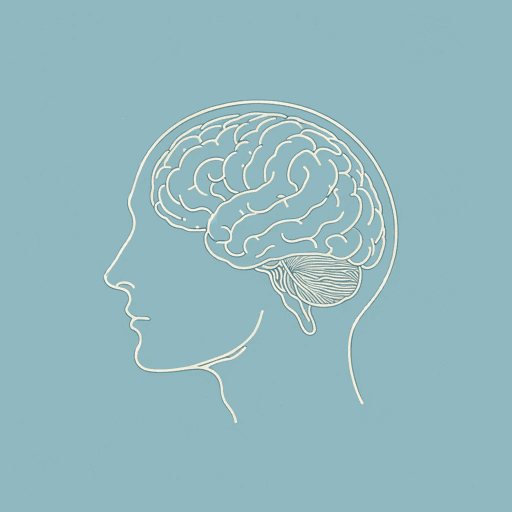56 pages • 1 hour read
David HumeA Treatise of Human Nature
Nonfiction | Book | Adult | Published in 1739A modern alternative to SparkNotes and CliffsNotes, SuperSummary offers high-quality Study Guides with detailed chapter summaries and analysis of major themes, characters, and more.
Book 1, Part 4Chapter Summaries & Analyses
Book 1, Part 4 Summary
Although Hume described mathematics as more reliable than geometry, it is still a “mere probability” (231). Arguments from mathematics still depend on cause and effect and past experience. Even an experienced and knowledgeable person’s arguments might be mistaken or based on wrong information (233-34). Hume acknowledges that this kind of thinking can lead to “total scepticism” (234), where no argument or belief seems certain. Clearly, though, we usually do not think this way. Being skeptical of everything is too hard, so “we retain a degree of belief, which is sufficient for our purpose, either in philosophy or common life” (235-36). For example, asking if our body actually exists is something there is no point in being skeptical about (238). We believe in many basic things simply because we have to.
Even so, Hume asks why we believe in the existence of a physical world, including our own bodies. Specifically, Hume wonders why we have a belief in objects’ continued existence (i.e., the fact they exist even when we are not around to experience them) and their distinct existence (i.e., that they exist at all outside our minds). Hume notes we cannot rely on our senses to answer these questions.
Related Titles
By David Hume




